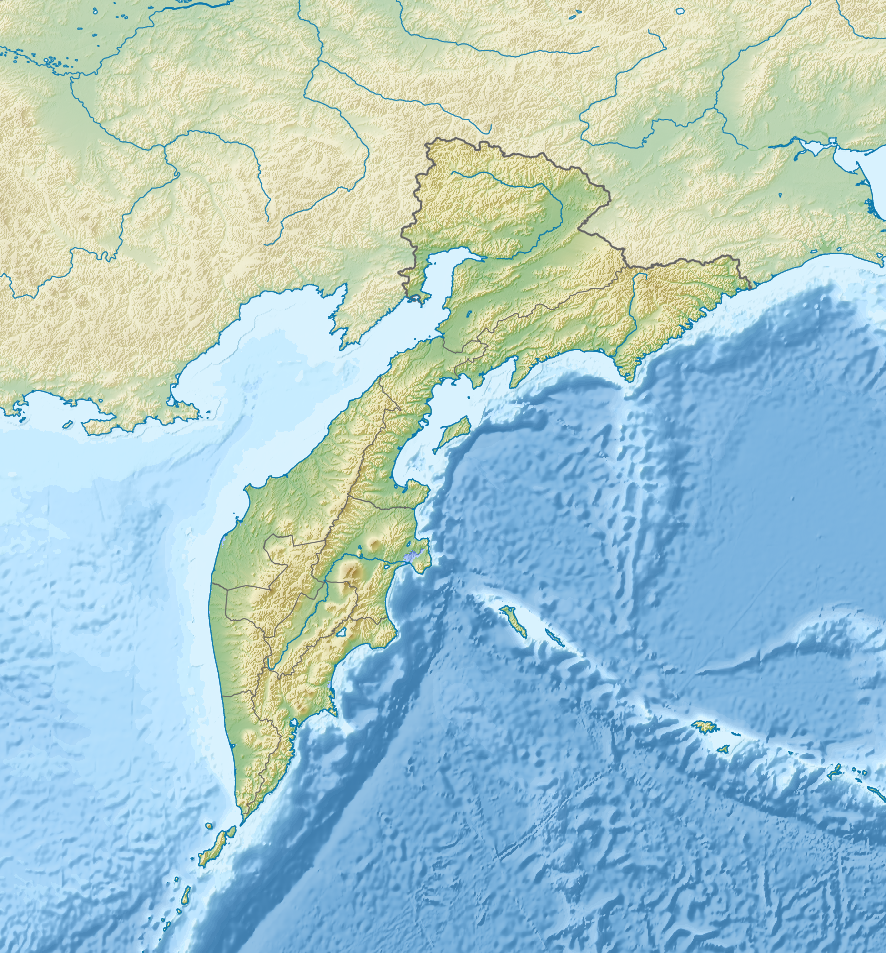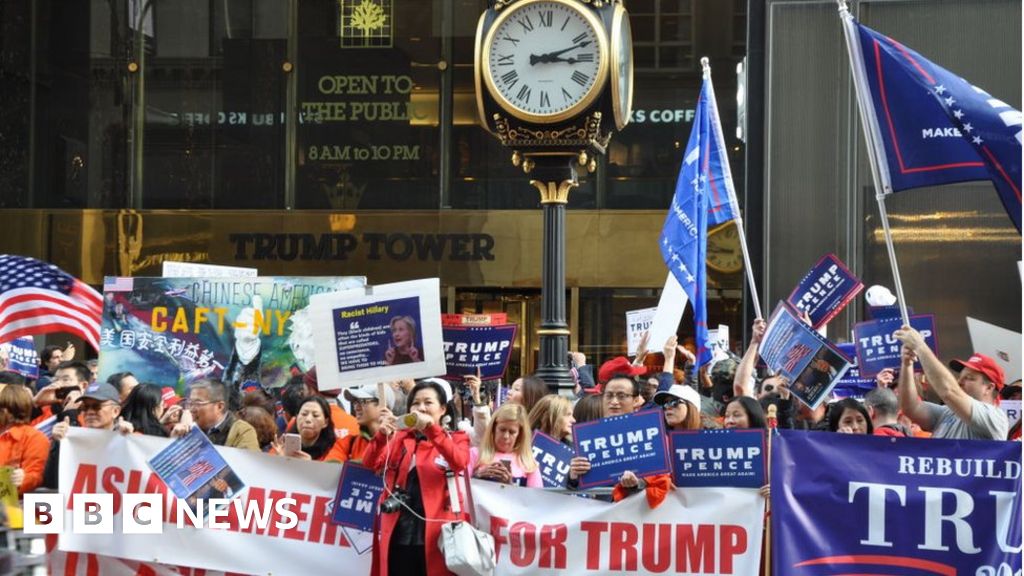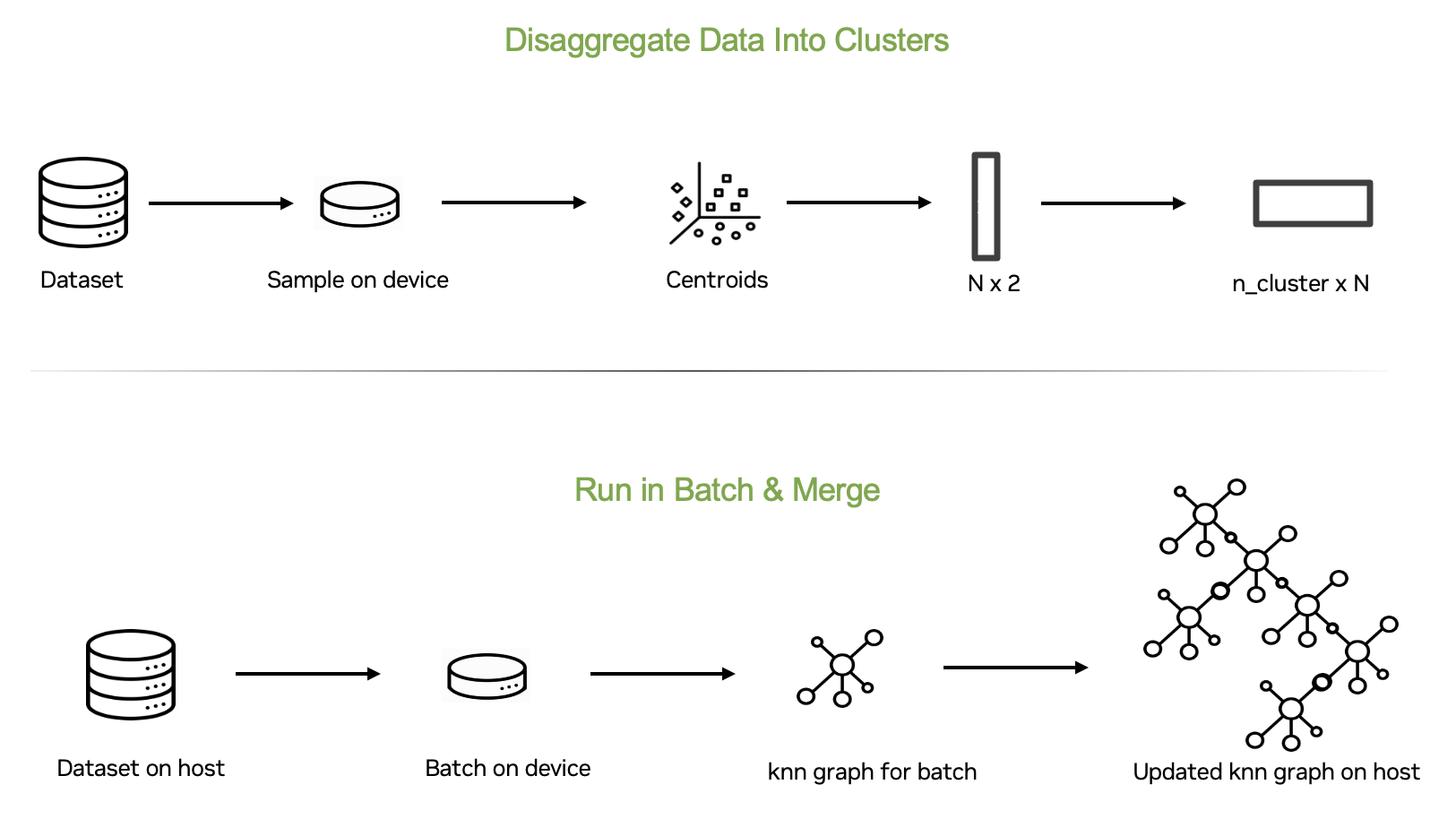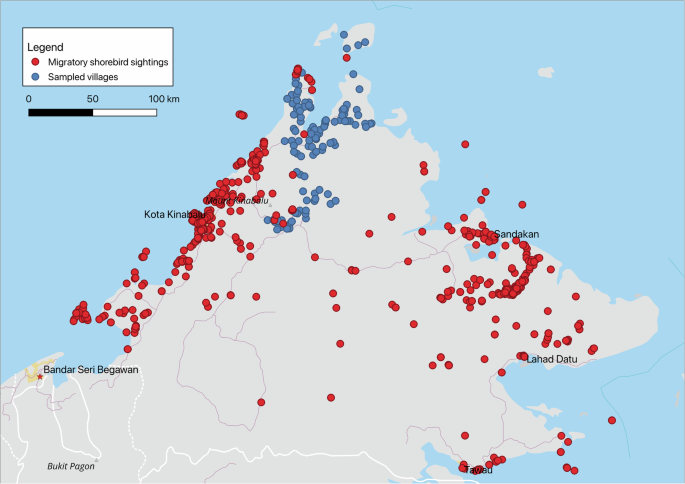Review: Party on the Bridge: Political Commissars in the Chinese Navy
American naval captains, like their British forebears, command a great deal of authority. In the US Navy, a captain is wholly and entirely responsible for maintaining the safety of their vessel, its crew, and accomplishing the missions that they are assigned. They have sole command of all aspects of their ship's operation, from watch rotations to weapons employment. This tradition of sole command is so inculcated into Anglo-American naval traditions that it is difficult for us to imagine any other way of running a navy ship. The Chinese People's Liberation Army Navy (PLAN), however, offers an alternative system. Instead of being commanded by individuals, as US and UK naval vessels are, PLAN vessels have a dual command system, where a captain and a political officer assume joint responsibility for major decisions. In their report, Party on the Bridge: Political Commissars in the Chinese Navy, Jeff Benson and Zi Yang look at this very different system of commanding a naval vessel, examine its strengths and weaknesses and highlight how it may lead to misunderstandings when US and Chinese naval units encounter each other at sea.
The Chinese military has a long history of embedding the Communist Party into its military at all levels. The first party committees in the military were established during the Sanwan Conference of 1927, when Mao Zedong created party committees at the battalion and regiment level in order to maintain unit morale and prevent retreating units from losing cohesion. In 1929 at the Gutian Conference, the role of these committees was expanded significantly, with Chairman Mao calling upon party committees in the military to take a central role in building up the party and ensuring that both the military and the people were indoctrinated with the values of Communism. Since then, the Chinese Communist Party has maintained party committees in every branch and at all levels of the military.
















/cdn.vox-cdn.com/uploads/chorus_asset/file/25696567/247324_10_years_of_Alexa_MWang__0001_SKILLS.jpg)






